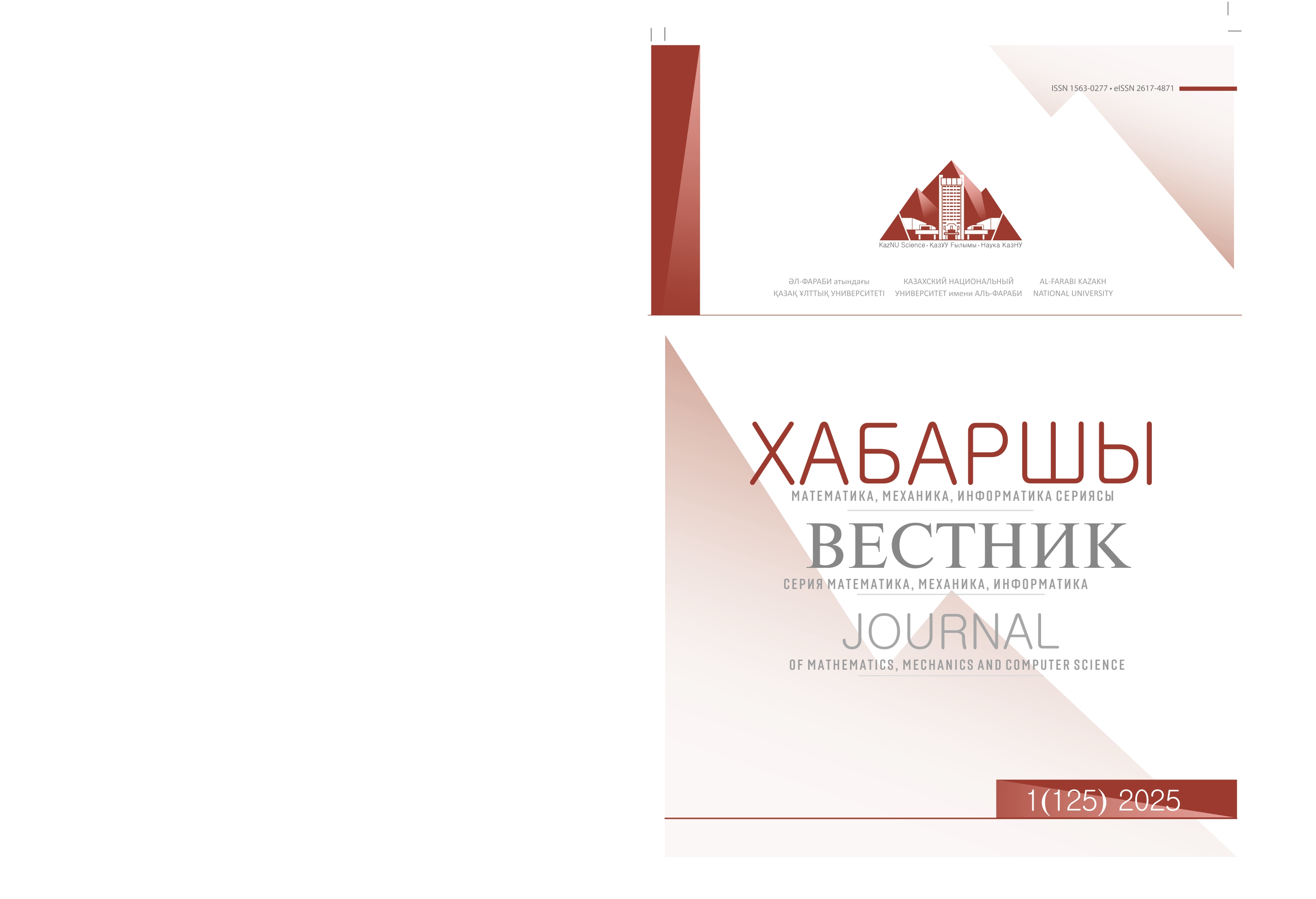IMPROVED DEEP LEARNING MODEL FOR CATTLE IDENTIFICATION USING MUZZLE IMAGES
DOI:
https://doi.org/10.26577/JMMCS2025125102Keywords:
Cattle muzzle images, pattern recognition, feature extraction, biometric features, cattle identification, deep learning models, model architectureAbstract
Using traditional methods such as ear tags, branding, and tattoos for cattle identification requires continuous human involvement and demands significant time and effort. Although radio-frequency identification (RFID) methods are widely used today, they also have certain disadvantages. The RFID devices used must be constantly installed, which can cause discomfort to the animals, and during their movements, the devices may become damaged or lost, leading to further issues.By using biometric features for cattle identification, these disadvantages are eliminated. In this method, animals are identified using their unique biometric features, such as iris patterns, skin textures, muzzle prints, and facial features. This article focuses specifically on identifying cattle based on their muzzle images. In this study, a total of 4923 images of 268 cattle were used. The architectures of eight different models were improved and selected for the training process, and the training was conducted. According to the results, the DonsoNot-121, WidoRosNot-50, and Inception V3 models achieved the highest accuracy rates, with 99.2%, 99.1%, and 99.1%, respectively. These results demonstrate the effectiveness of the proposed architecture.




